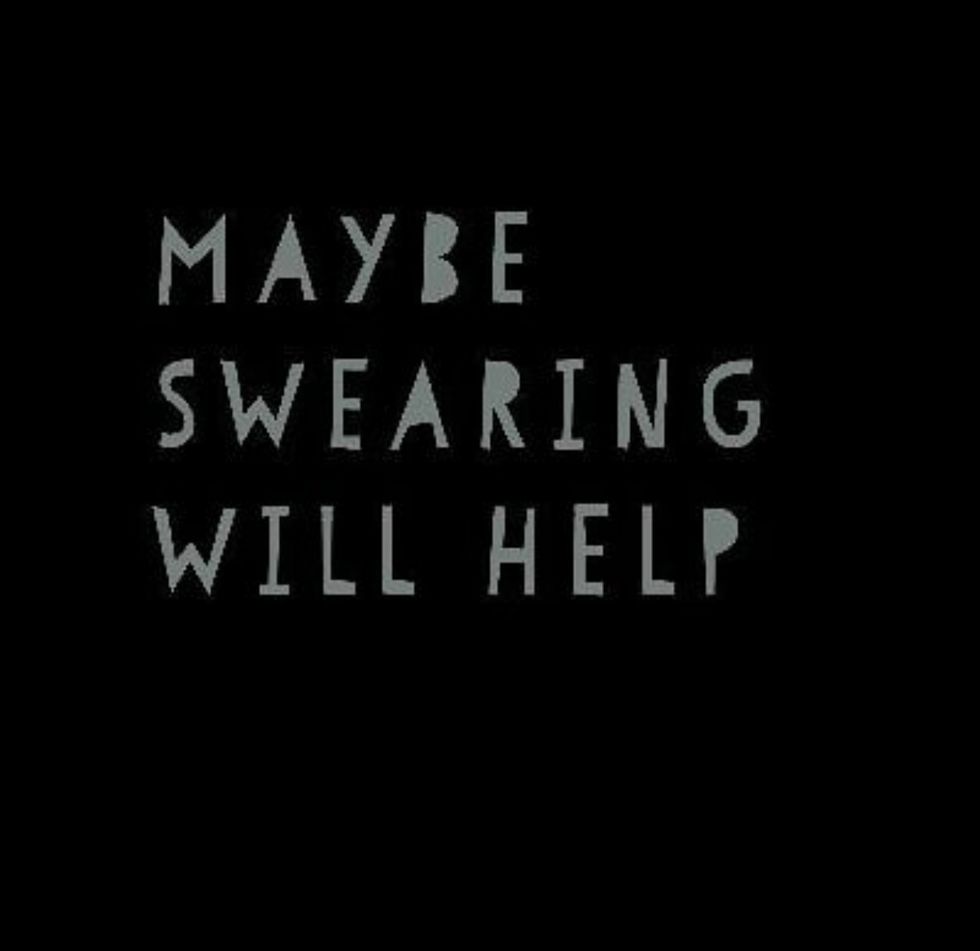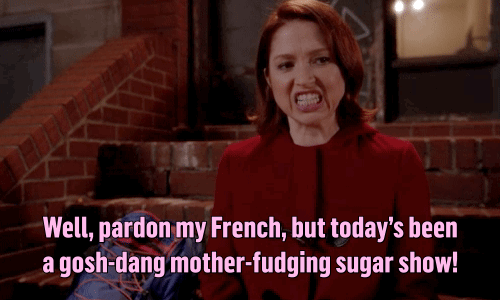As a writer, you’re bound to read works that have that classic aesthetic of flowery language. I’m a sucker for this stuff. The old diction and fancy vocabulary transports me back to a time where everyone wrote with a quill or there were women wearing those bulky, regal dresses. While I enjoy this, I still feel that this poetry is the type people typically envision when they think of the topic. It’s always Shakespeare, Wordsworth, Poe, and Dickinson. It’s always “thou”, “thee”, and “thine”. There has to be some kind of variety, something that punches a reader more so than gently caress them.
In my African-American Literature class, we read Sonia Sanchez’s poem “Malcom”. In it, she uses the “f-bomb,” and for a poem during 1965, coming from a woman, I feel that this was an oddity but extremely powerful.
Her usage of cursing signifies raw emotion. It gets straight to the point instead of “sugar coating” it. It also makes the poem more realistic. By including it, she delves into real-life and actual vernacular people use. In a moment of anger or pain, no one will say, “O dear! My misery must be a-taken away! Hope, stricketh my heart with thou’s wonderous rays.”
Curse words come off as being obscene, but poetry is viewed as something short, fragile, and aesthetically pleasing. The two seem in opposition with each other, but when combined with a purpose, the outcome is more poignant.
It hits you. It’s that punch I mentioned earlier. It’s unexpected and sounds like someone stomping their foot down in one forceful motion. BAM! There, that’s it. The same could be said for poetry too. It’s quick but carries such significant meaning behind it. Everything, every word, every line, every break, is deliberate. Nothing is used for a filler, and curses are used to make that point known.
I highly recommend reading poems with curse words. “Malcom” by Sonia Sanchez and “This Be the Verse” by Philip Larkin are good starts.
We give words their power, so let’s use them to our advantage.


















